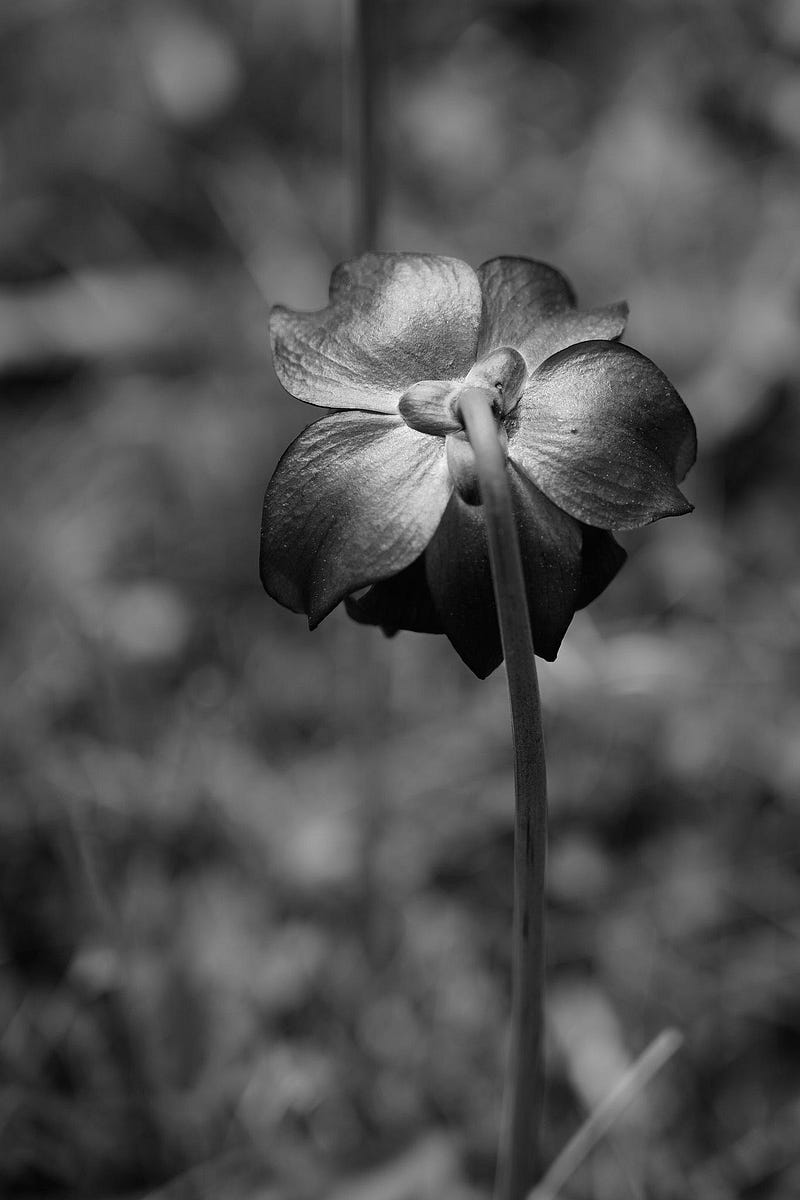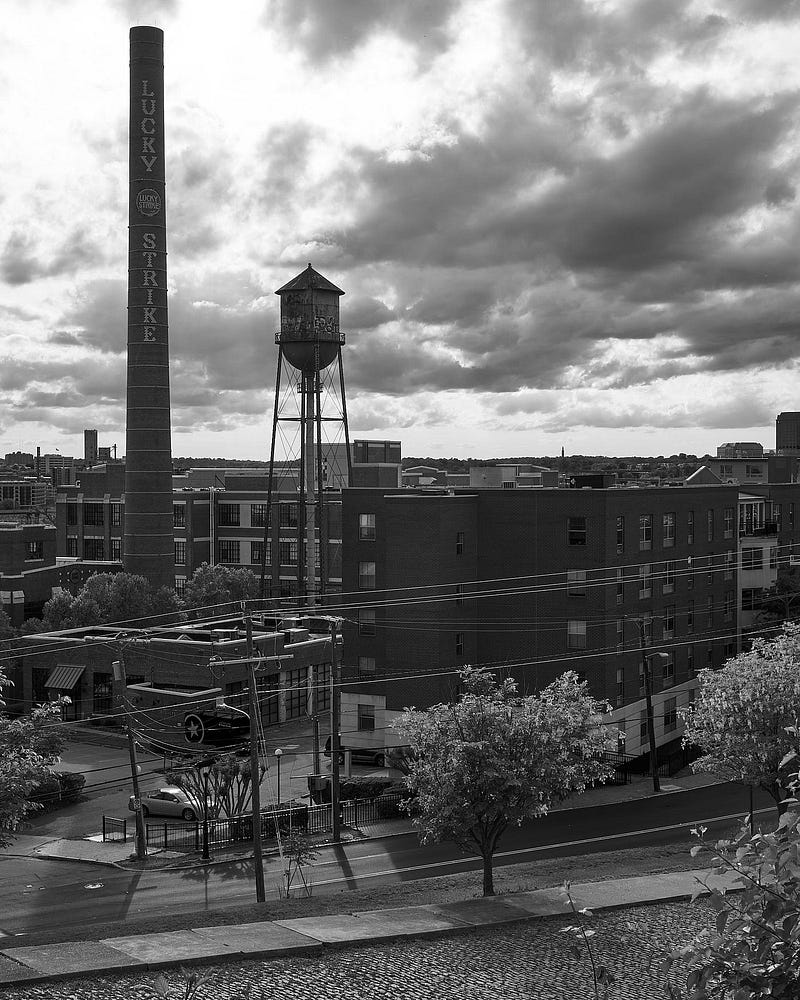Exploring the World of Black and White Photography
Written on
Chapter 1: A New Perspective
Recently, I embarked on a photography workshop dedicated to black and white photography. While this may seem routine to some, for me, it represents a bold new direction and an opportunity to step outside my comfort zone.
This isn’t merely about converting color images to black and white; instead, I’m focused on actively using my camera's monochrome mode to create B&W images. This marks a commitment to a fully monochromatic approach throughout the entire photography process.
Historically, I haven’t engaged much with B&W photography. Although I appreciate both classic and contemporary black and white images, they’ve seldom been part of my creative mindset. Perhaps the default color settings on my digital cameras have influenced this choice. It’s fascinating how these default options shape our artistic decisions, even in something as straightforward as camera menus.
I have a surprisingly limited selection of B&W images in my collection. In fact, I had to take new monochrome photos specifically for this article. It raises an interesting question: Do words enhance images, or do images support the narrative? If a single picture is worth a thousand words, how many images are necessary for a compelling article?
As I pondered why B&W photography had mostly eluded me, I realized I naturally think and dream in color. Even my iced coffee choices are influenced by their hues.
In the past, the photographic elite primarily worked with black and white. B&W film was the pinnacle of photographic technology during its heyday, while color film became more widespread in the 1930s with the advent of Kodachrome and Agfacolor-Nue. Photographers of the latter half of the 20th century often shot in both formats, but with time, color photography gained dominance due to its accessibility and enhanced printing capabilities.
This shift in photography has continued even as we transitioned from film to digital. Yet, despite color photography's prevalence, many photographers still create stunning monochrome works across various genres. The resilience of B&W photography through technological changes has inspired me to explore this medium.
Consequently, I enrolled in the workshop to deepen my understanding of B&W photography. So far, it has illuminated some appealing qualities of monochrome images. They often emphasize different aspects of the subject, bringing light and shadow into sharper focus while highlighting shapes, details, and textures over color.
This experience has also compelled me to shoot in B&W more frequently, which has been instrumental in overcoming my reliance on default camera settings. While I still have much to learn before I can instinctively decide whether a scene is better in color or monochrome, developing muscle memory for these settings is a solid foundation.
One unexpected benefit of the workshop has been my growing appreciation for the electronic viewfinder (EVF) on my mirrorless camera. Seeing scenes in monochrome through the EVF has been a valuable learning tool, illustrating how contrast and camera settings affect the final image.
Comparing color and monochrome photographs of the same subjects has proven insightful. For instance, I recently captured a flower that I found striking due to its vibrant colors and unique shape.


Before attending the workshop, I would have defaulted to a color image that showcased its red and purple hues. However, upon comparison, it’s clear that the two images evoke distinct emotions and highlight different elements. The color version is rich and vibrant, while the B&W version accentuates the flower's curves and texture, with sunlight delicately playing across the petals.
I appreciate both versions, which is eye-opening since I would have previously dismissed the idea of photographing the flower in monochrome. Color had always felt essential, but now I see how black and white can focus on a subject's tactile qualities while downplaying the background.
Reflecting on my journey with B&W photography thus far, I find myself more attuned to light and shadow than ever before. They've always been present, but I’m now more conscious of their impact. This heightened awareness is helping me create better monochrome images, which is incredibly encouraging.
Interestingly, I’ve discovered that my exploration of B&W photography is also enhancing my skills as a color photographer. Who would have thought?

Chapter 2: Videos to Enhance Your Understanding
The first video titled "I'll Never Shoot Black and White Film Again, I Thought" dives into the evolving perceptions of black and white photography, showcasing personal experiences that may resonate with those hesitant to explore monochrome.
The second video, "Why I ALWAYS shoot in BLACK & WHITE - Photographing in RAW," discusses the advantages of shooting in black and white and offers insights into the creative process behind monochromatic photography.